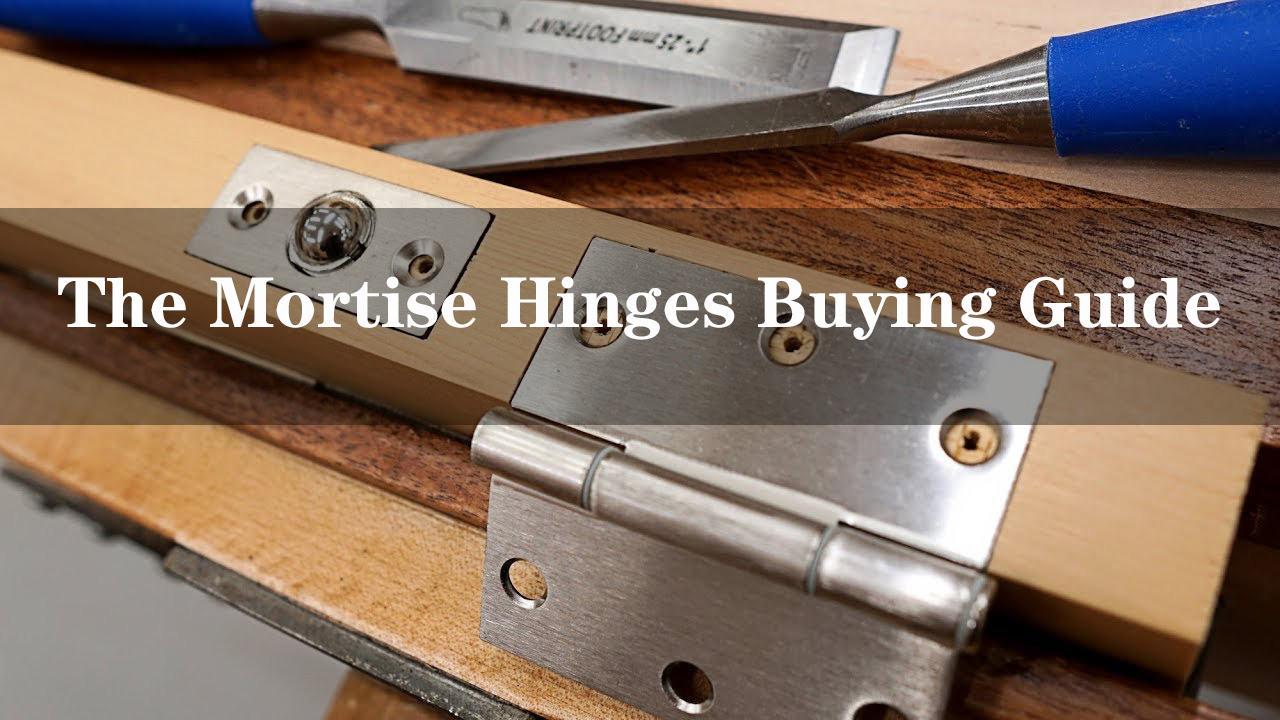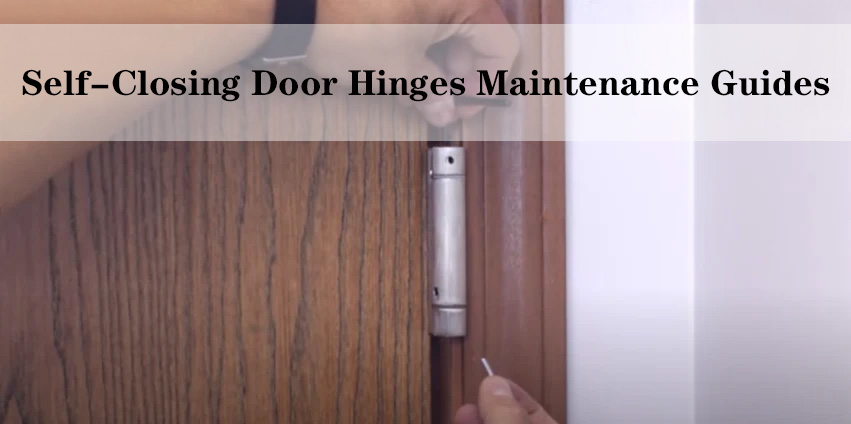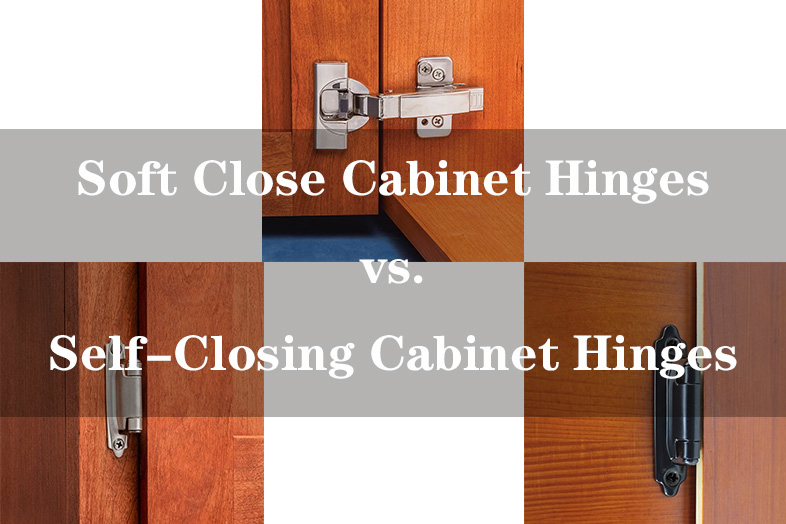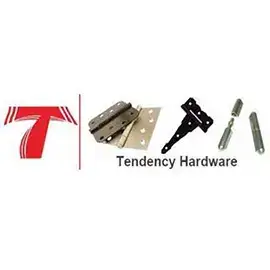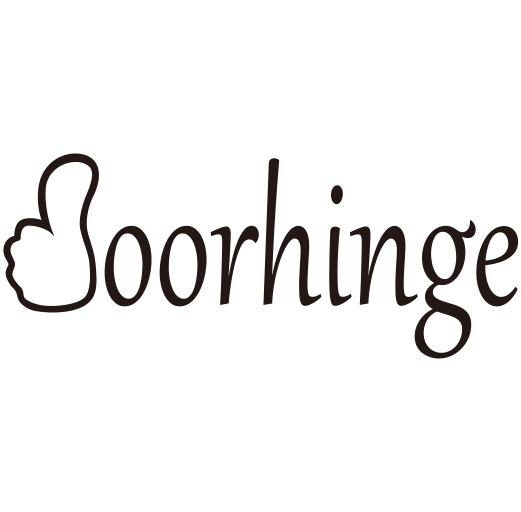Lift-off hinges have become increasingly popular in both residential and commercial settings due to their unique blend of convenience and functionality. Before we delve into the common issues and their solutions, let’s take a closer look at what lift-off hinges are and why they are so beneficial.
The Design and Function of Lift-Off Hinges
What Are Lift-Off Hinges?
Lift-off hinges are a type of hinge that allows a door to be easily lifted off its frame without the need for unscrewing or using any tools. This feature is made possible by a two-part mechanism: one part attaches to the door and the other to the frame. These two parts interlock in a way that provides a secure fit when the door is closed but allows for easy separation when lifted at a certain angle.
Key Features and Benefits
Ease of Installation and Removal: Unlike traditional hinges, lift-off hinges simplify the process of door installation and removal. This feature is particularly beneficial in areas where doors need to be removed frequently for thorough cleaning, redecorating, or large furniture movement.
Versatility: These hinges are suitable for various door types, including interior, exterior, and cabinet doors. They come in different sizes and finishes to match a wide range of door styles and decor.

Maintenance and Accessibility: Lift-off hinges make maintenance tasks like painting or repairing doors and frames more manageable. Since the door can be easily removed, it allows better access to areas that are typically hard to reach.
Safety and Convenience: In emergency situations, such as when a door must be quickly removed for safety reasons, lift-off hinges can be a lifesaver. They also offer convenience in spaces like modular homes or temporary structures where flexibility is key.
Ideal Use Cases
Residential Homes: Perfect for rooms that require regular cleaning, like kitchens and bathrooms, or for spaces that undergo frequent redecoration.
Commercial Spaces: In offices and commercial buildings, they facilitate easy maintenance and quick access for repairs or adjustments.
Healthcare Facilities: Lift-off hinges are invaluable in hospitals or care homes, where doors may need to be removed swiftly in emergencies or for patient accessibility.
Common Issues and Solutions
1. Door Alignment Issues

Symptom: The door is not closing properly or is scraping against the frame.
Step-by-Step Fix:
Step 1: Gently lift the door off the hinges. You may need someone to help hold the door as you lift it to prevent it from falling.
Step 2: Examine the hinge plates on both the door and the frame. If screws are loose, use a screwdriver to tighten them. In cases where the screw holes have become enlarged or stripped, consider using larger screws or filling the holes with wood filler before re-screwing.
Step 3: Check for any visible bending or misalignment of the hinges. If they appear bent, use pliers or a small adjustable wrench to carefully bend them back into shape. Be gentle to avoid breaking the hinge.
Step 4: Carefully rehang the door, ensuring it is properly seated in the hinge plates. Open and close the door several times to check the alignment. If the door still doesn’t close correctly, you may need to adjust the position of the hinges on the door or frame for a better fit.
2. Squeaky Hinges
Symptom: The door makes a squeaking noise when opened or closed.
Step-by-Step Fix:
Step 1: Remove the door by lifting it off the hinge pins. This is usually a straightforward process, but be mindful of the door’s weight.
Step 2: Wipe down the hinge pins and barrels with a clean, dry cloth to remove any accumulated dirt, dust, and grime. This buildup can often be a cause of squeaking.
Step 3: Apply a silicone-based lubricant to the hinge pins. Avoid using oil-based products as they can attract dirt and cause the hinges to gum up over time.

Step 4: Carefully replace the door on the hinges and move it back and forth to work in the lubricant. Check if the squeaking has stopped; if not, a further application of lubricant may be needed.
3. Stiff Hinges
Symptom: The door is hard to open or close.

Step-by-Step Fix:
Step 1: Detach the door from the hinges for a thorough inspection. Stiffness in movement often indicates internal hinge issues.
Step 2: Examine the hinge pins for any signs of rust or corrosion. If they are damaged, replace them with new pins. If the entire hinge shows significant wear or rust, consider replacing it.
Step 3: After ensuring the hinges are in good condition, clean them and apply a silicone-based lubricant. This helps in providing smoother movement.
Step 4: Reinstall the door and test its movement. If the door remains difficult to move, check for misalignment or issues with the door frame.
4. Door Sagging

Symptom: The door seems to sag or hang unevenly.
Step-by-Step Fix:
Step 1: Start by removing the door from its hinges. Inspect the hinges for any signs of wear, tear, or damage. Replace them if they appear worn out.
Step 2: Tighten all screws on the hinge plates. If the wood where the screws are inserted is damaged or worn, use a wood filler or longer screws to ensure a secure fit.
Step 3: In persistent cases, consider installing a longer or thicker screw in the top hinge. This can help to pull the door back into alignment with the frame.
Step 4: Once the door is rehung, open and close it several times to ensure it swings freely and evenly. Adjustments might need to be repeated to achieve perfect alignment.
Preventative Maintenance
Keeping your lift-off hinges in peak condition not only ensures their functionality but also extends their lifespan. Here’s an expanded look at how to maintain them:
Regularly Check and Tighten Screws:

Inspect the screws on your lift-off hinges every few months. Loose screws can lead to misalignment and wear.
Use a screwdriver to tighten any screws that have become loose. Be careful not to overtighten, as this can strip the threads or damage the hinge.
Clean and Lubricate the Hinges Annually:
Dirt and debris can accumulate in the hinges, causing them to stiffen or squeak.
Use a mild soap and water solution to clean the hinges. Ensure they are completely dry before proceeding.
Apply a light, silicone-based lubricant to the hinge pin and moving parts. Avoid using oil-based products, as they can attract more dirt.
Avoid Hanging Heavy Objects on the Door:
Excessive weight can strain the hinges, leading to bending or misalignment.
If you need to hang something heavy, consider using a door with sturdier hinges designed to handle extra weight.
Inspect for Rust and Wear:
Periodically check for signs of rust or wear, especially in humid environments.
If rust is present, remove the hinge and lightly sand the affected area. Apply a rust-inhibiting spray to protect it.
Adjust Hinges as Needed:
Changes in temperature and humidity can cause doors to expand or contract, requiring hinge adjustments.
If the door doesn’t close properly, adjust the hinges slightly. This may involve shimming the hinges or bending them back into shape.
Conclusion
Lift-off hinges are a fantastic convenience feature in many homes and buildings, providing ease of door removal for cleaning and moving large items. However, like all mechanical devices, they are prone to wear and can develop issues over time. This guide aims to empower you with the knowledge to tackle the most common hinge problems.
Regular maintenance, as outlined above, is crucial. It prevents small issues from becoming major problems and ensures the smooth operation of your doors. Regular attention also helps you spot potential problems before they worsen.
However, it’s important to recognize your limits in DIY repair. If you encounter issues that seem complex or beyond your skill level, seeking professional help is advisable. A skilled handyman or carpenter can provide the expertise needed to fix more intricate problems, ensuring your hinges, and therefore your doors, function optimally for years to come.







